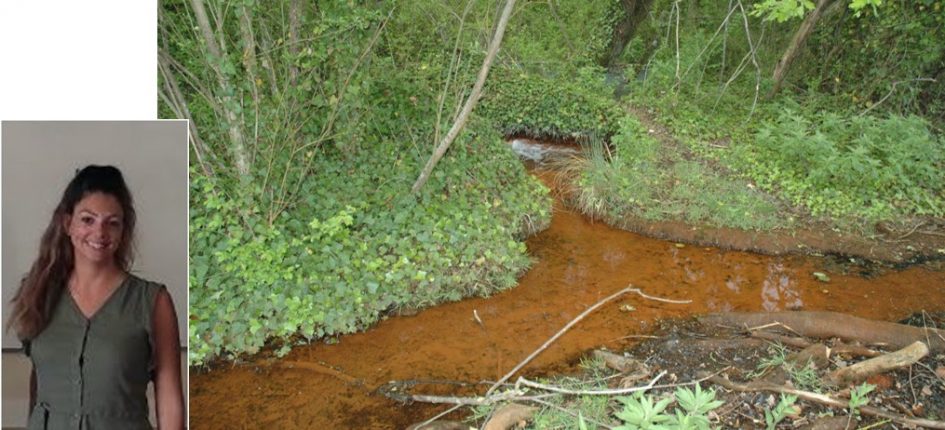Modelling the radiation exposure on microorganisms living in naturally radioactive mineral springs
Summary: Radiation has been present on Earth since its origin. The role it may have played in the emergence and evolution of life is still unknown. The earliest traces of terrestrial life are found in the deposits of hydrothermal springs dated 3.7 billion years ago. Mineral springs are isolated ecosystems whose conditions have changed very little over the past centuries, thus offering an exceptional window on the history of life on Earth. In the most radioactive springs, ionizing radiation can be an “abiotic driver” impacting the diversity and structure of microbial communities. However, a major scientific question is to know the dose received by the microorganisms living in the mineral springs. Based on the analytical characterization of selected radioactive mineral springs in the Auvergne region of France, Monte Carlo simulations using GATE were conducted to evaluate the dose rates received by microorganisms from internal and external exposure due to the radioelements present in the mineral springs environment. Radiological analyses of multiple sediment and water samples coming from more than 20 mineral springs have shown that 226Ra in the sediments and 222Rn in the water were the dominant source of radiotoxicity in these ecosystems through their α-decay. DNA damages of microalgae (diatoms) were evaluated using the Geant4-DNA Monte Carlo toolkit. It is shown that in the most radioactive springs radiotoxicity could be an abiotic driver, as the rate of DNA Double Strand Breaks is comparable to diatoms’ spontaneous mutation rate. These results should be refined once additional knowledge is acquired about the bioaccumulation of radioelements in the diatoms living in the springs. Additional knowledge is also required on the genome and physiology of diatoms. Finally, the comparison with ERICA, the reference tool for environmental radiation protection, showed that ERICA should be used with great caution when evaluating the radiation exposure of microorganisms in mineral springs. GATE should be seen as the complementary tool to ERICA to characterize, at the micrometric scale, the dose rates to microorganisms in natural ecosystems.
Directeurs: Vincent BRETON (DR CNRS) et Lydia MAIGNE (MCU UCA)


